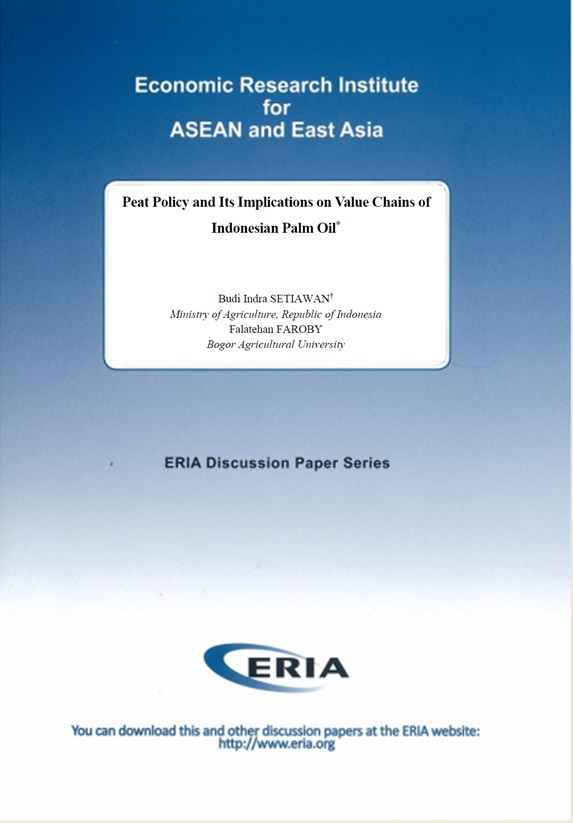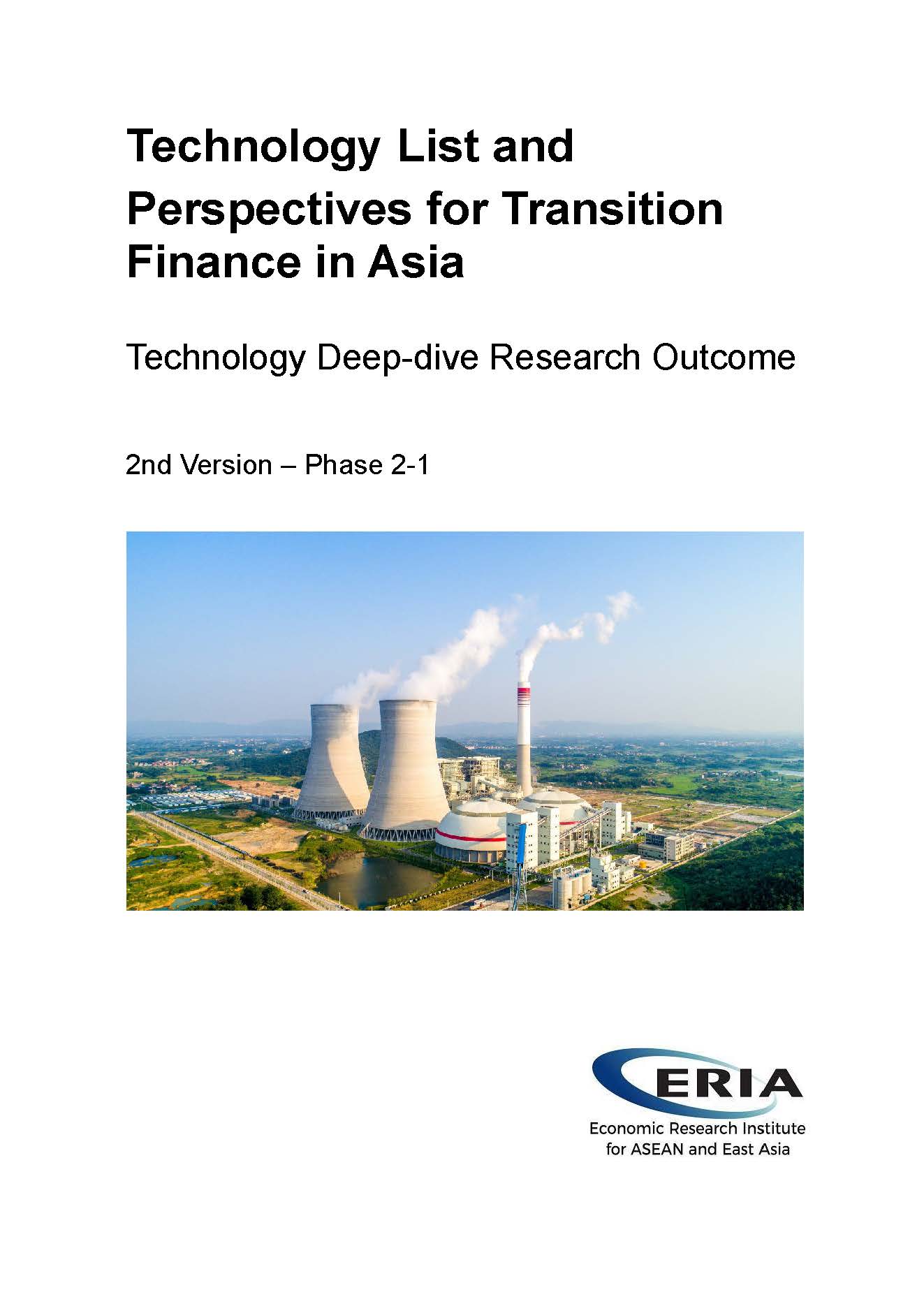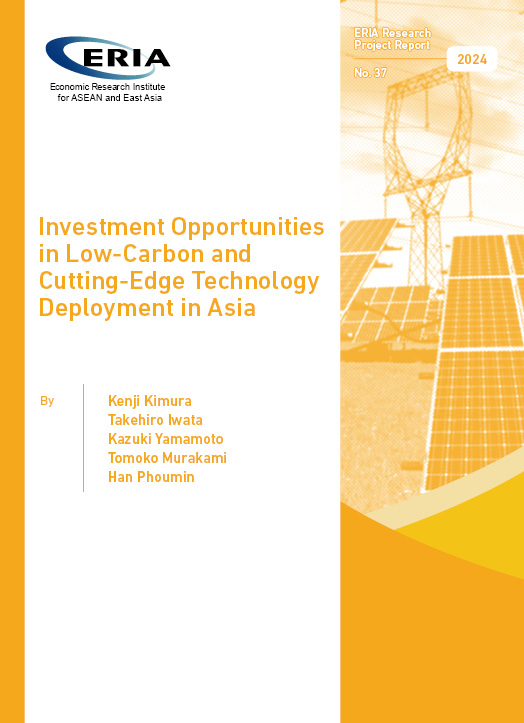Peat Policy and Its Implications on Value Chains of Indonesian Palm Oil

Date:
9 May 2017Category:
Indonesia, Energy, Industry and ManufacturingType:
Discussion PapersTags:
Energy, Industry, EnvironmentPrint Article:
Palm oil and its derivative products are strategic commodities that play an important role in the economic development of Indonesia which, along with Malaysia, is a major exporter to the global markets. Global as well as national demands on crude palm oil are increasing, not only as food but also as raw material for biodiesel. To increase production, the extensification of oil palm plantations in Indonesia is still the preferred option. Since there are limited fertile mineral soils, marginal land such as peatlands have become targeted areas to open new plantations. Due to recurring fire and haze problems, while attempting to restore degraded peatlands, the government issued By Law No. 57 in 2016 to protect and manage the peat ecosystem (Peat Policy). This peat policy, which mainly aims to prevent environmental degradation, would to some extent reduce planting areas and impact on production, stretching to the supply and value chain of palm oil and its derivative products. This study assessed how the peat policy affected the planting areas; production; economic value; growers, especially the farmers; and export quantity and value. We applied numerical approaches followed by simulations of certain scenarios. Compared to 2015 figures, the peat policy would reduce the palm oil plantation area by 10%-18% and production by 12%-15%, with the potential to reduce: 1) economic values by 12%-15%; 2) the number of farmers by 12%-15%; 3) exported palm oil by 21%-24% and export value by 22%-24%; and 4) the cost of fresh fruit bunch by 6%-8%. These reductions will severely affect the economic development of the country and threaten the welfare of the farmers. The government and practitioners should therefore make policy choices that are conducive to the sustainable development of oil palm plantation in the peatlands, i.e. how to promote intensification programs to increase productivity and to manage sustainable production.




